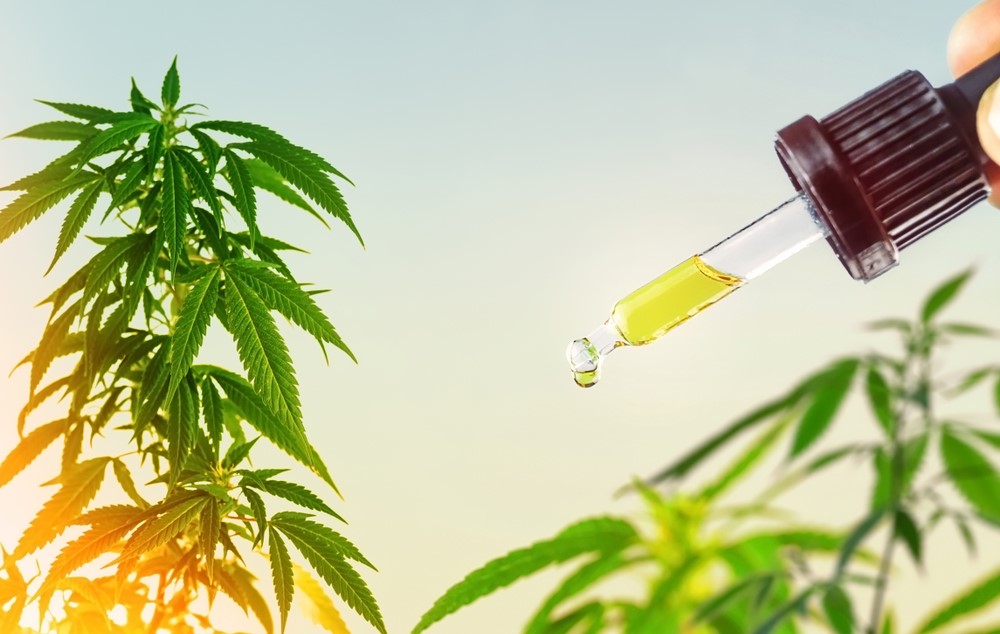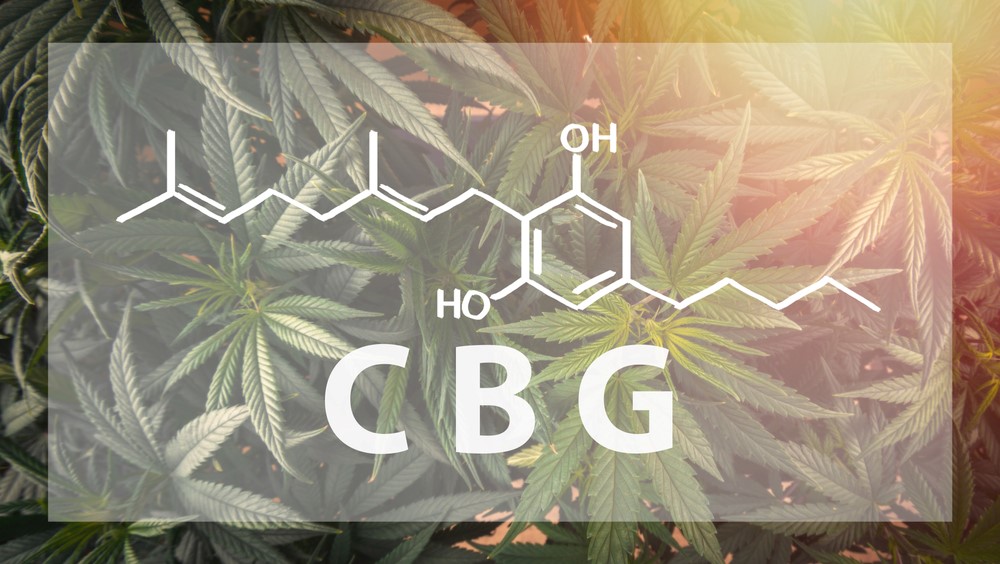Goodbye CBD; hello CBG! Researchers have identified over 100 unique compounds within the cannabis plant, and since CBD has proven itself to be a powerhouse for improving health — doing everything from alleviating pain and improving sleep to helping manage severe diseases like epilepsy and Parkinson’s — many supporters have been looking for the next great cannabis cure.
Cannabigerol, or CBG, is extremely promising, and considering that it is appearing on dispensary and digital shelves in the form of oils and edibles, many are wondering about CBG’s effects. Read on to learn more about this latest development in cannabis culture.
What Is Cannabigerol?
While THC and CBD are by far the most plentiful cannabinoids, they are not the only ones. As mentioned above, researchers have found roughly 112 compounds that are unique to the cannabis plant. Unfortunately, not all 112 of these compounds have been studied in depth; because funding for cannabis research has historically been scant, only a few compounds have received appropriate attention from researchers.
Fortunately, cannabigerol is one of the lucky few. Though research of CBG is in its infancy, already researchers have made some interesting discoveries regarding this cannabinoid. Perhaps most importantly, CBG seems to be the source of all other cannabinoids, which are derived from cannabigerolic acid (CBGA). This leads some users to believe that it can combine the health benefits of all other cannabinoids — but that isn’t exactly borne out in the science.
Research on CBG has found a number of noteworthy benefits. Like CBD, CBG is non-psychoactive, and it seems to help combat pain and inflammation. Additionally, CBG is a strong neuroprotectant, which means it helps defend delicate nerve cells against damage and aging. Physiologically, CBG binds to both types of endocannabinoid receptors, which are located throughout the body in the nervous system, digestive system, immune system and more. Animal studies demonstrate that CBG could be invaluable in managing the effects of inflammatory bowel disease, Huntington’s disease, glaucoma and even cancer.
In mature cannabis plants, CBG is present in exceedingly small quantities: 1 percent or less, compared to upwards of 20 percent for CBD and 30 percent for THC. Young cannabis plants can contain higher CBG content, and some strains have been found to produce more CBG than others. Even so, CBG products are expensive and rather difficult to produce, meaning they can be expensive and hard for consumers to find.
Are There Side Effects to CBG?
Users should be careful to take CBG in appropriate doses, similar to doses of CBD. A good rule of thumb for daily dosage of CBG is as follows:
.25 milligrams of CBG x your body weight in pounds
Some people can tolerate higher doses of CBG, but it is wise to start with a conservative amount and slowly increase until one experiences positive effects.
Negative side effects are rare, but they are possible with high enough doses. Some examples of side effects include:
- Dry mouth
- Diarrhea
- Reduced appetite
- Drowsiness
- Fatigue
CBG might also interact with other medications, so it is important that users with health concerns interested in trying CBG talk to their healthcare provider first.

How Do You Take CBG?
As mentioned above, CBG is not plentiful in cannabis plants. Pure CBG oils are expensive and rare, but they can be found online and in specialty dispensaries or CBD stores. Fortunately, there are easier ways to get a good dose of CBG.
For one, CBG is present in all raw cannabis flower — which is available in any New Jersey dispensary or medical and recreational pot shops closer to home. The White Widow, John Snow and Sour G strains have been found to be higher in CBG; users can ask budtenders at their dispensary about these strains or others known to have high CBG content.
Another option is taking full- or broad-spectrum CBD oils. In creating these products, manufacturers do not filter out all the cannabinoids and cannabis compounds present in the natural plant, which means CBG is often present alongside CBD. This could mean that users benefit from the entourage effect, or when multiple cannabis compounds are more powerful when taken together.
Until we have a better method of breeding high-CBG cannabis, users aren’t likely to find CBG isolate products on shelves of their local pharmacy. Still, it is important to stay abreast of cannabinoid discoveries, and CBG is certainly a promising compound to keep an eye on.
